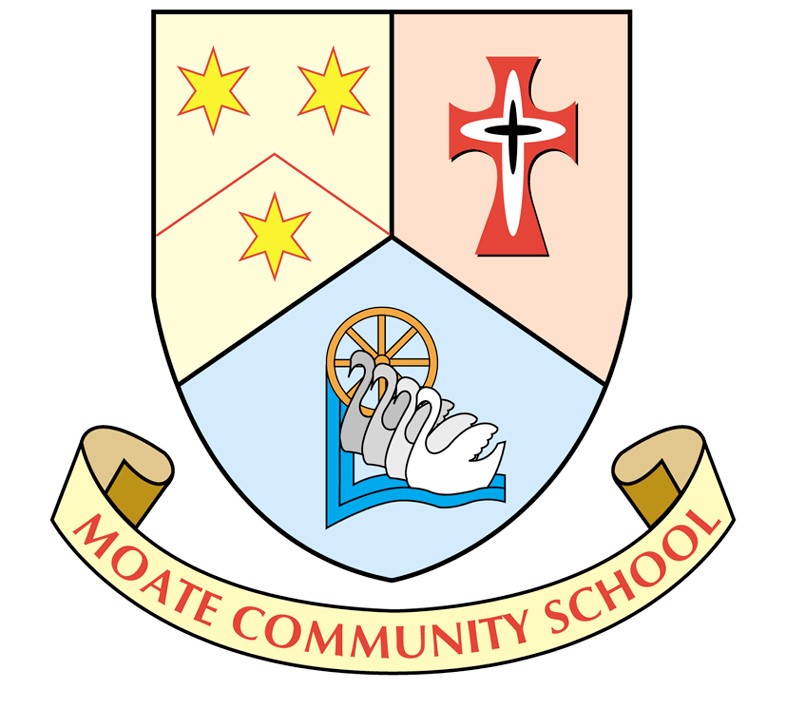Budding Young Scientists from MCS prepare their BTYS Projects for the January exhibition
Moate Science students are busy with their investigations and preparation of their presentations for this year’s virtual BT Young Scientists and Technology Exhibition in January. The students must prepare their report booklet, as well as a power point presentation and a short video of their work.
Three groups of Second Year Students and eight groups of Transition Year(TY) students from MCS will present their projects to the judges. The projects range across the categories: Social & Behavioural, Biological & Ecological, Chemical & Physical and Technology.
Here are four of them:-
Superfoods and their effect on Diabetes, Reuben Guinan and Kian Brady
These Second-Year students are investigating superfoods such as kale, blueberries and avocados on whether they are of benefit to the diet of people with diabetes. They are analysing the sugar content and the Vitamin C content of these superfoods to see if they are merely a trend or actually better than other foods in the diet of people with diabetes.
An App to co-ordinate your awareness and knowledge of your locality, Conall Mandal & Daragh Lowry
These TY students’ project is based on developing an App to educate people about their town and bring the attractions of the area out of the shadows. The students have developed the features of their ‘Moate App’ for android phones, and coded them using Java programming language and Google Maps. The App presents many physical outlets, suggesting walking routes, activities, parks and historic sites. It is an Android App, which is visually interactive and immersive for the user. Additionally, the ‘Moate App’ plans to be enjoyable for younger children, providing quizzes and treasure hunts, which allows them to have fun whilst learning about their surroundings.
Stop Milk Spoilage, Start Seeing Changes, Aine Maxwell, Laura Conlon & Joyce Conway
These TY students are designing and producing a milk carton, incorporating freshness indicators, that reduces milk spoilage and warns the consumer when milk is at risk of spoilage.
Three key design features have been identified: Firstly, the use of carton colours to minimise heat absorption, secondly, the use of the UV reflective substance Spiropyran as a visual reminder to consumers to return milk to the fridge and thirdly, a plant-based indicator to indicate freshness to the consumer.
Wool Saviour of our Sea, Abby Mullins, Chloe Murphy and Megan Carroll
These TY students are examining the effectiveness of sheep’s wool at absorbing oil, following an oil spillage. They have sourced wool from as many as twelve breeds of sheep from farmers in the Midlands and Galway for their investigation. Using diesel as their oil source, they are comparing the oil absorption properties of the various wools, looking at the surface area and a number of treatments of the wool, such as felting and brushing.
Students from all the eleven BTYS projects have been working well, sharing time in the Prep Rooms to facilitate social distancing with COVID restrictions. MCS wishes them every success with their preparations and presentations for the BT Young Scientists and Technology Exhibition in January.


